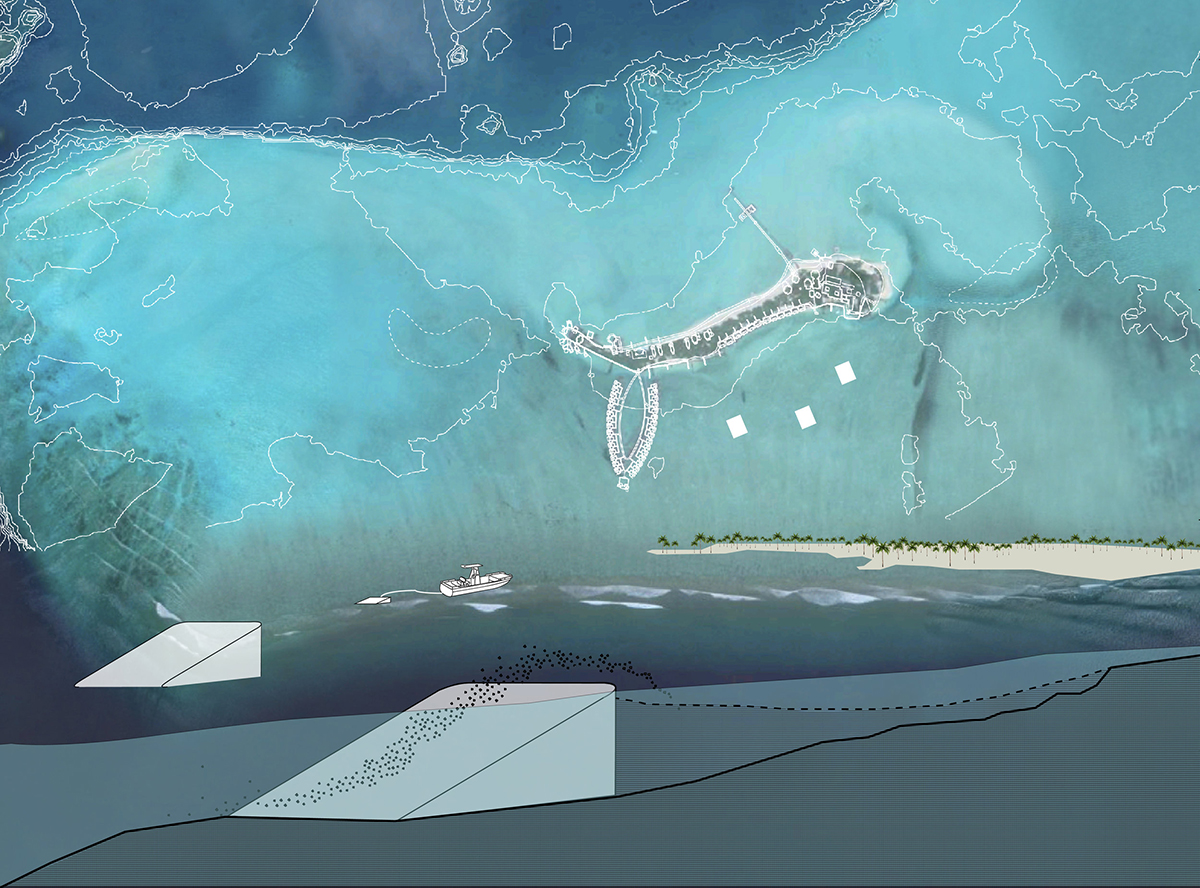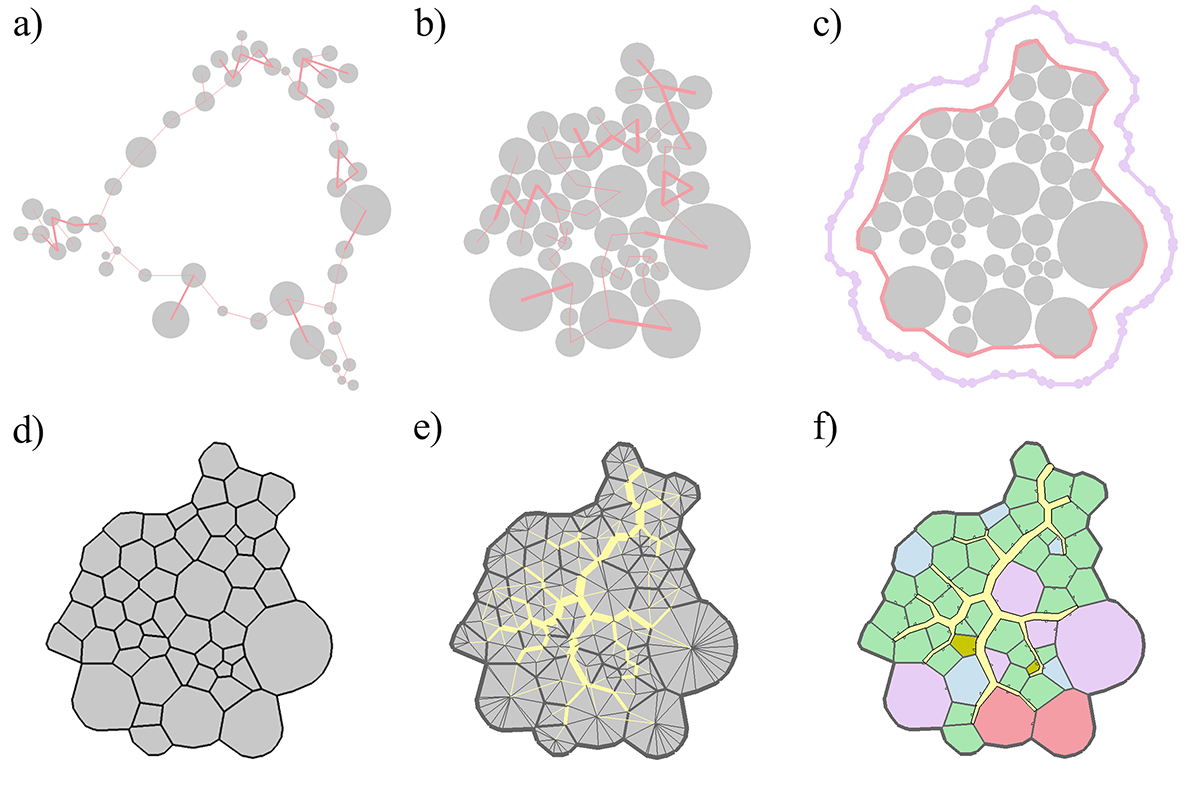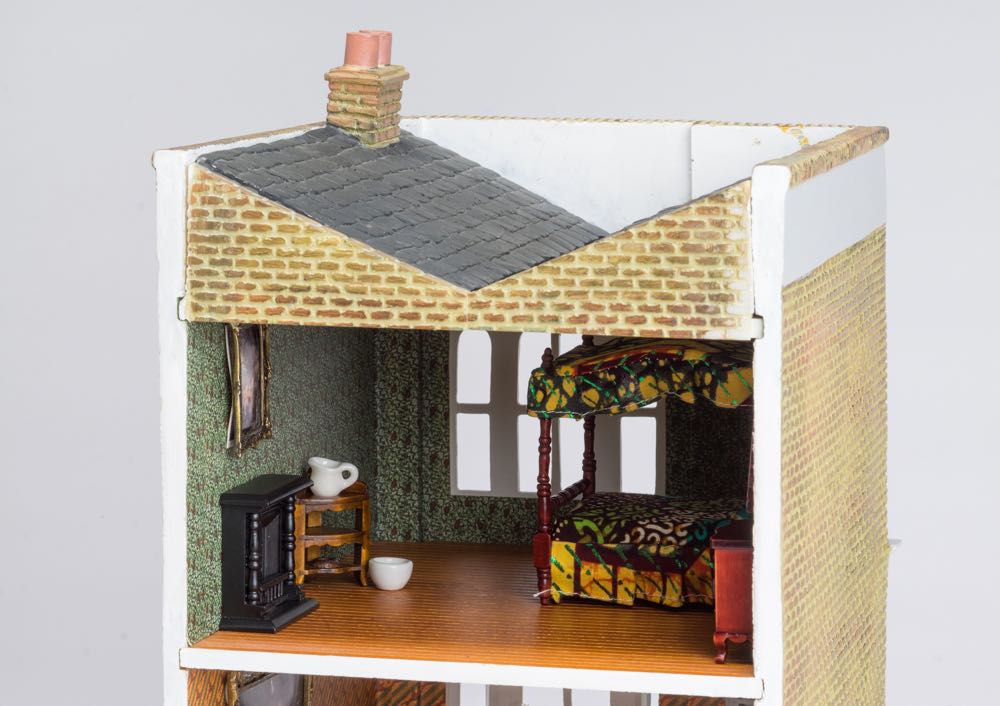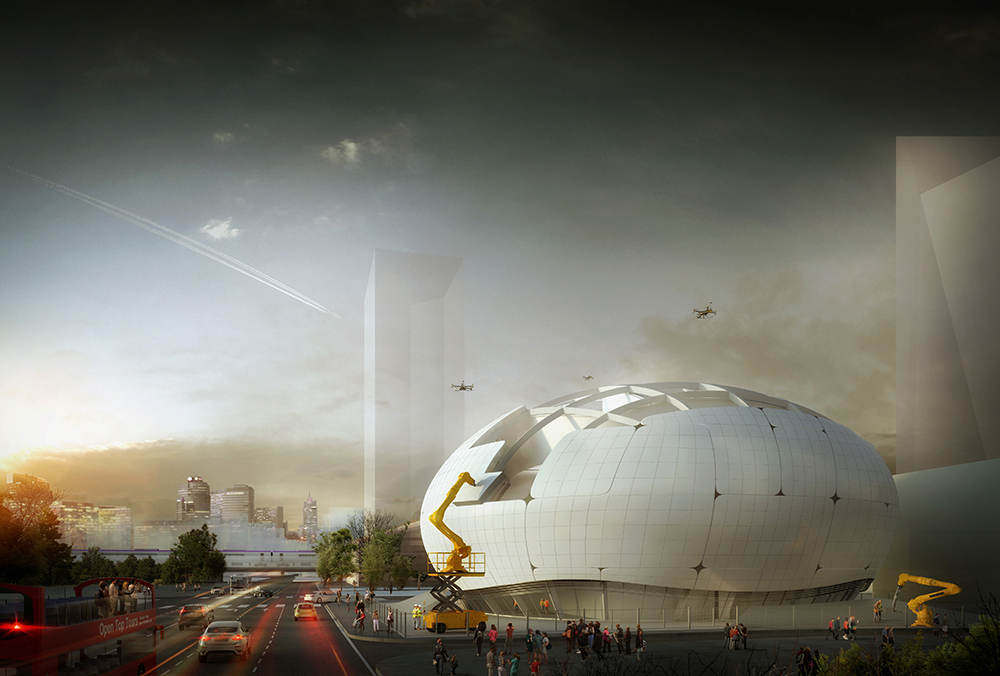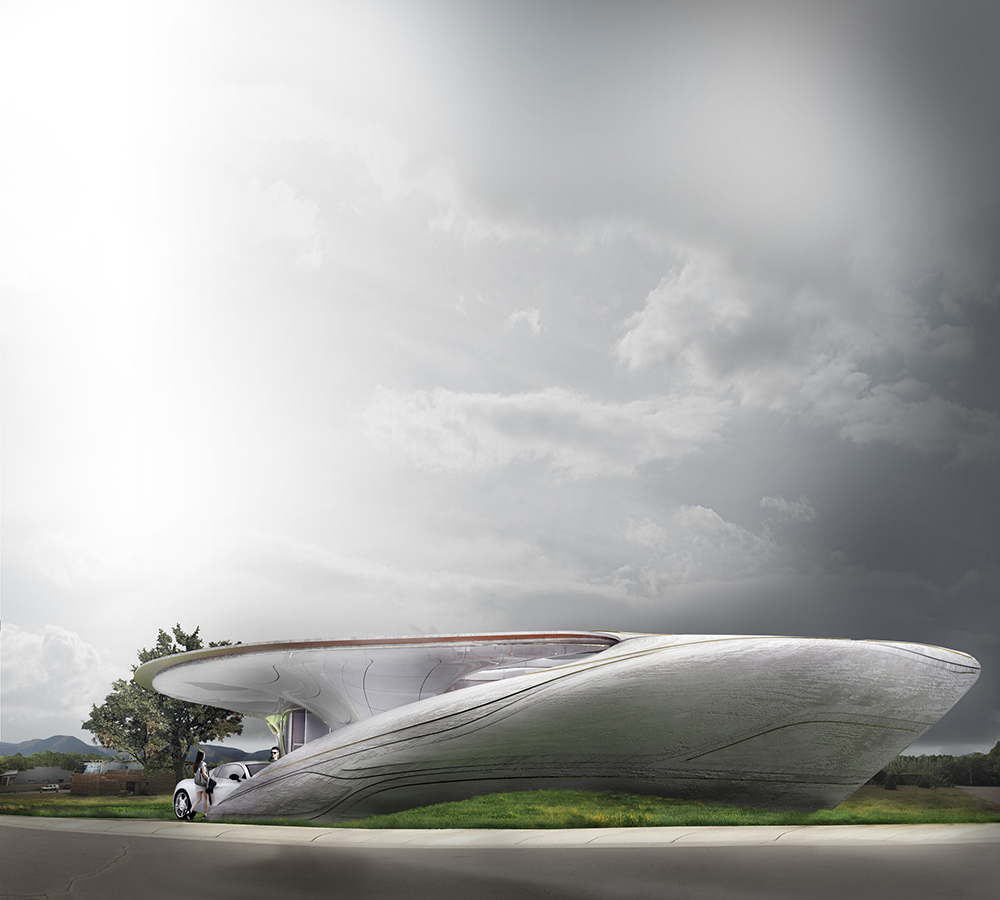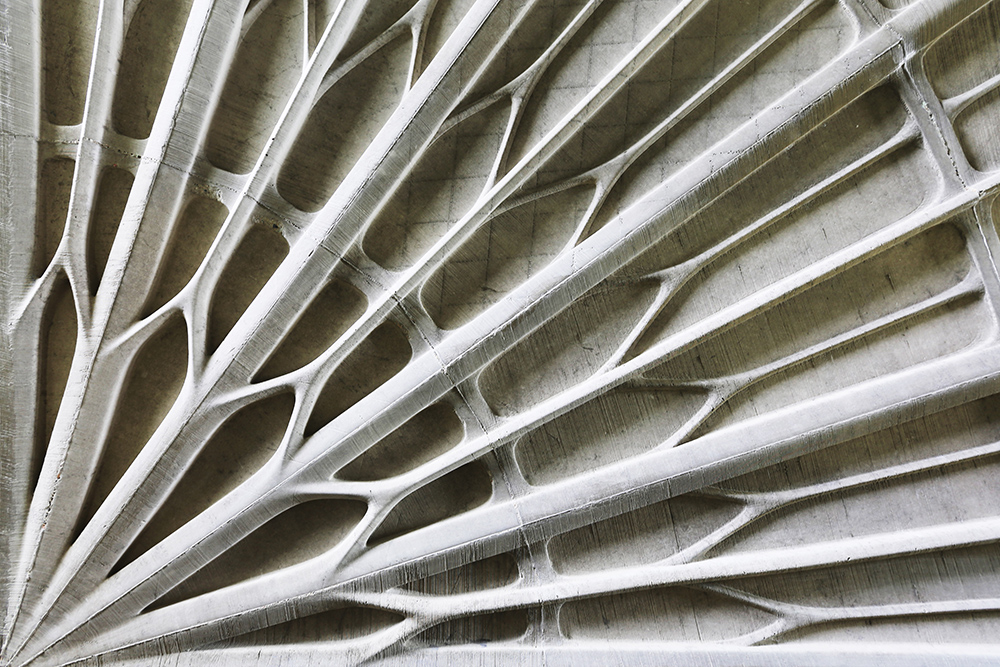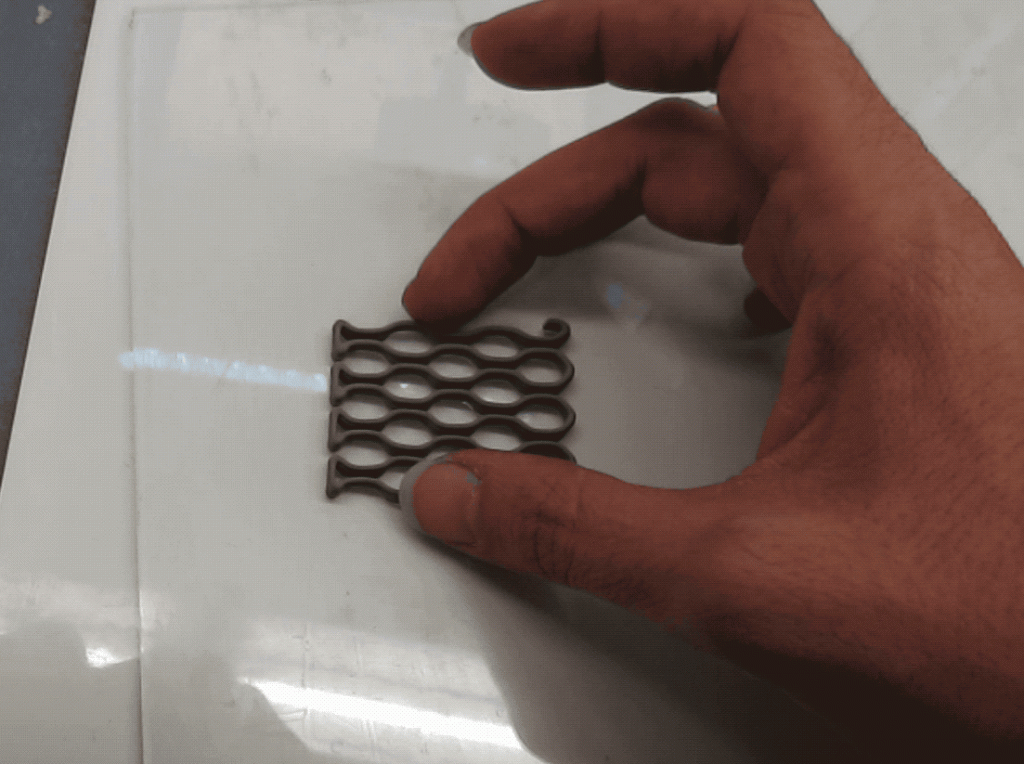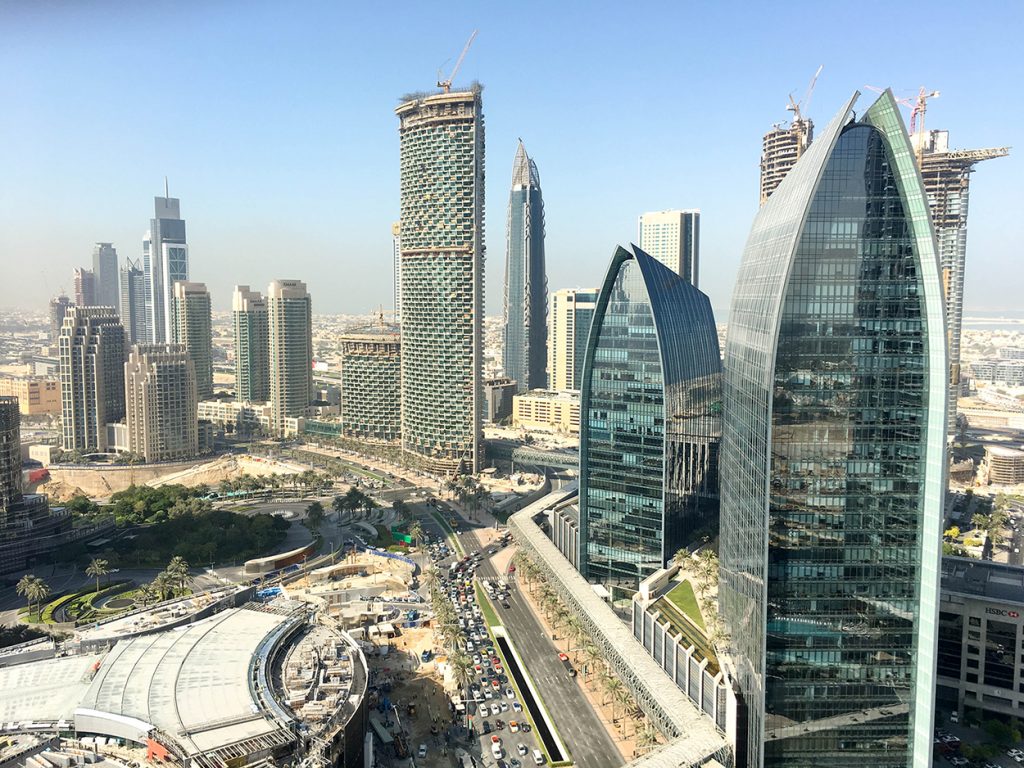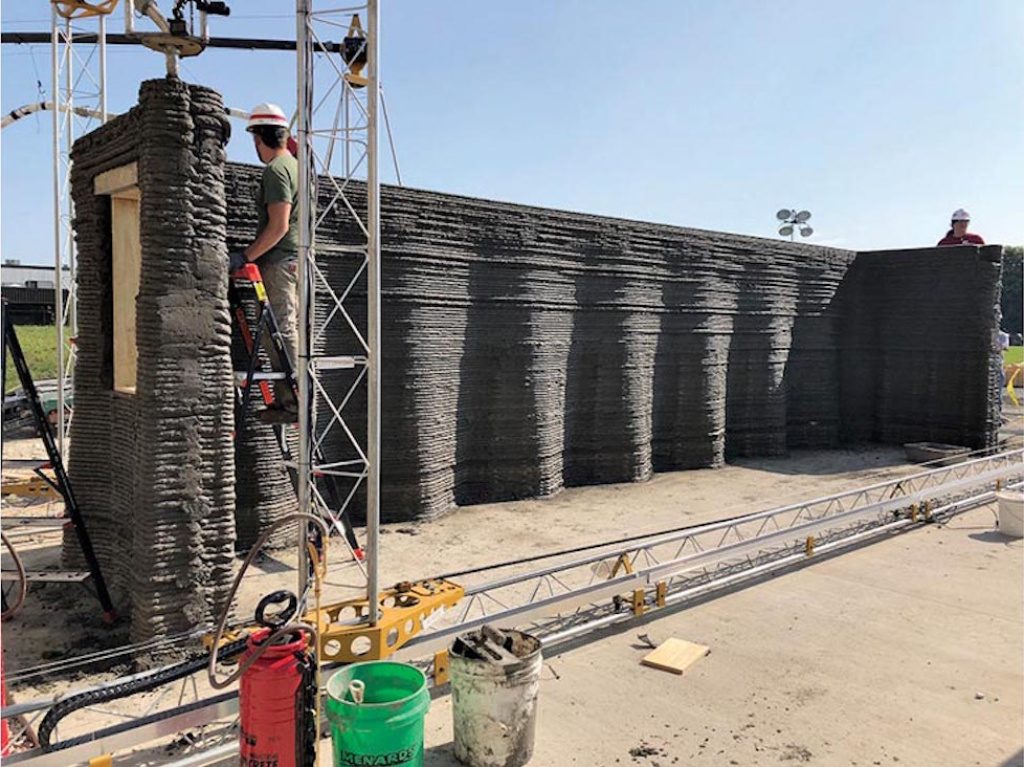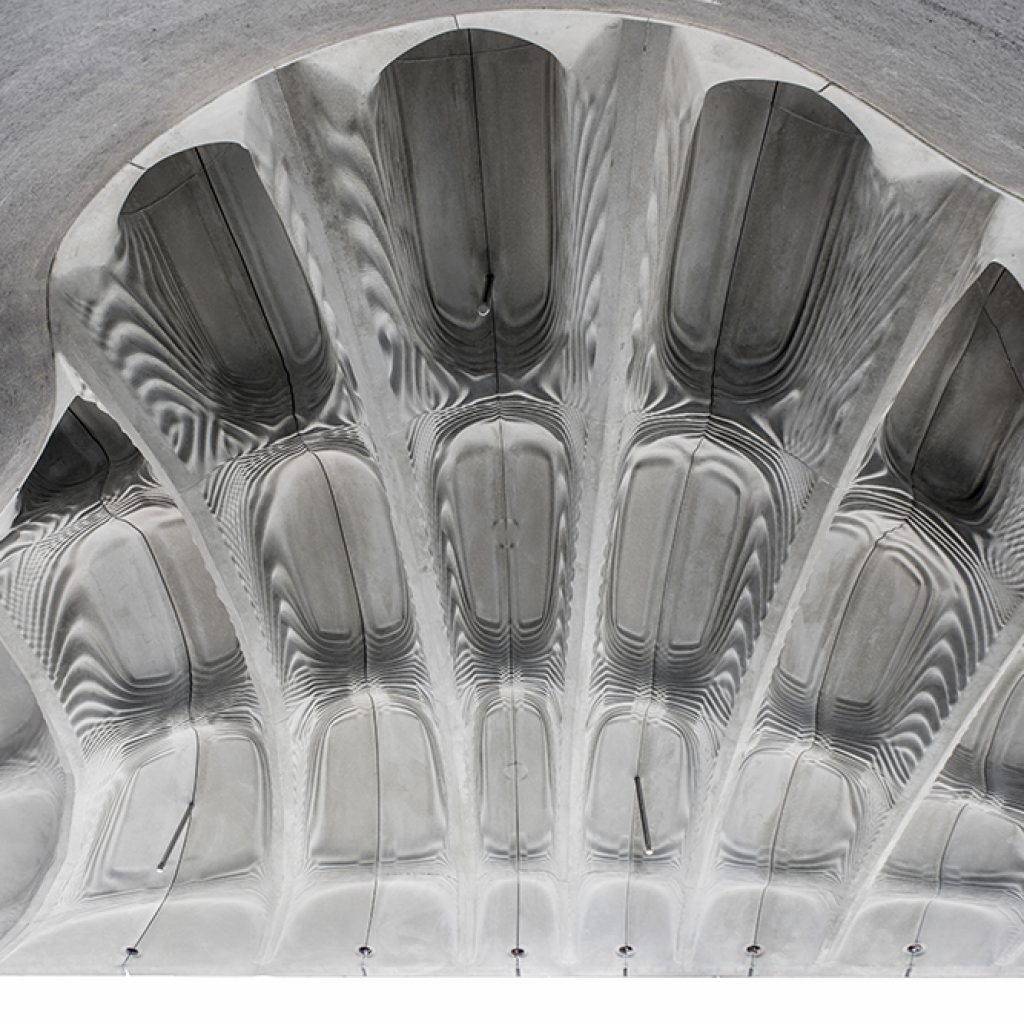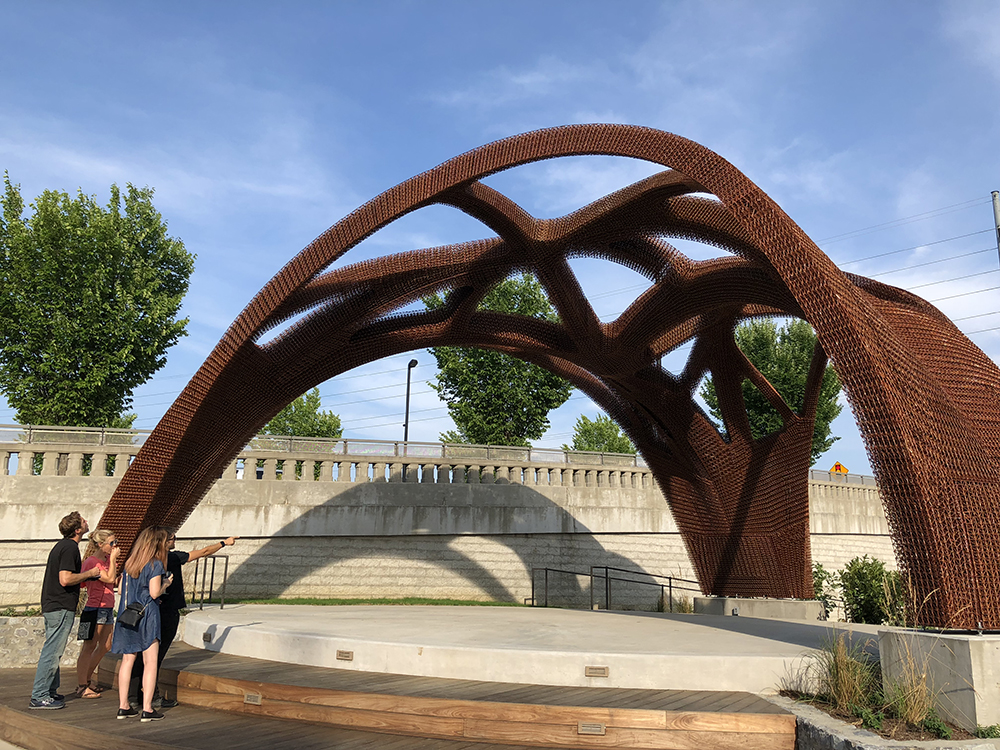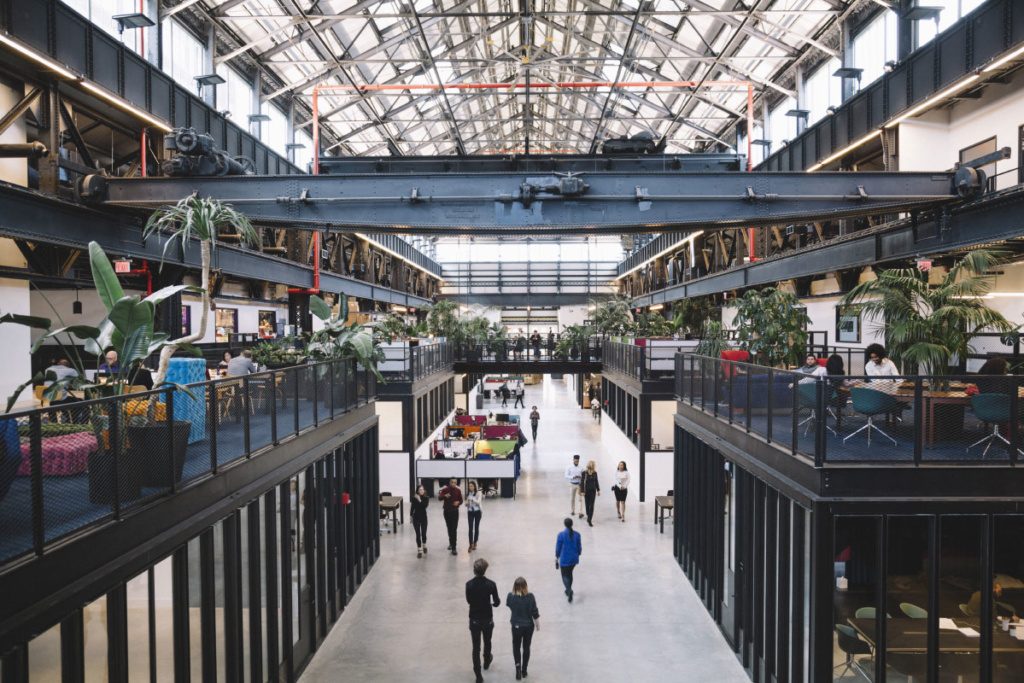Human-driven climate change is threatening the coastal areas that nearly half of the world calls home with rising sea levels and increasingly severe storms. While dams, barriers, dredging, and artificial reefs are sometimes used to address these “forces of nature,” these strategies come with their own drawbacks and, in some cases, significant environmental and ecological
What if we could “breed” buildings to be more efficient? That’s the provocation by artist, designer, and programmer Joel Simon, who was inspired by the potentials of 3D printing and other emergent digital manufacturing technologies, as well as his background in computer science and biology, to test a system of automated planning. With a series
New housing is coming to Times Square, at least temporarily. The Virginia Tech team of students and faculty behind the FutureHAUS, which won the Solar Decathlon Middle East 2018, a competition supported by the Dubai Electricity and Water Authority and U.S. Department of Energy, will bring a new iteration of its solar-powered home to New
Less than 10 percent of the billions of tons of plastic ever produced has been recycled, with much of it winding up in the Earth’s oceans where the plastic disrupts ecosystems and releases toxic chemicals. In response, researchers led by Neri Oxman of MIT’s Mediated Matter Group, which focuses on “nature-inspired design and design-inspired nature,”
“What if you could download and print a house for half the cost?” reads the lede for the Vulcan II, a 3D printer with a name suited for sci-fi space exploration, on the website of Austin-based company ICON. Now the company has put this claim to the test, building what it says is the first
ETH Zürich’s high-tech showhome opened its doors this past week. The three-story DFAB HOUSE has been built on the NEST modular building platform, an Empa– and Eawag–led site of cutting-edge research and experimentation in architecture, engineering, and construction located in Dübendorf, Switzerland. The 2,150-square-foot house, a collaboration with university researchers and industry leaders, is designed
There have been a number of projects to digitize culture as of late. More and more museums are putting their collections online, and there are, of course, the many projects of Google Arts & Culture, including the company’s recent experiments 3-D printing historic sites. Now, all of the United Kingdom‘s publicly-owned sculptures that have been made
The soon-to-be-built Robot Science Museum in Seoul, South Korea, will be a robotics exhibition itself. The museum, to be designed by Turkish firm Melike Altınışık Architects (MAA), will be built by robots when construction begins next year. In this way, the construction of the building itself will be the museum’s “first exhibition,” according to principal
3-D printing in architecture is growing—literally. Once limited to models and small pieces, the technology has recently been adapted to large-scale projects, like the world’s largest 3-D-printed concrete bridge in Shanghai, a stainless steel bridge in the Netherlands, and walls for U.S. military barracks. An Austin-based company has even begun selling plans for 3-D-printed
Global construction continues to steam ahead, even while seemingly mundane building materials (like sand) become rarer and more precious, and construction industry’s carbon dioxide emissions contribute to global climate change. The building industry seems to be demanding new solutions, but scalable alternatives remain scarce. Enter the Block Research Group at ETH Zurich. The group, which is
Concrete is a ubiquitous building material, applied to the bulk of contemporary construction projects. While the sedimentary aggregate is commonly used due to its impressive compressive strength, it remains a brittle material subject to damage or failure during extreme environmental events such as earthquakes. In response to this inherent weakness, a team of researchers based out
The MIT-based Mediated Matter Group, founded by architect and designer Neri Oxman, is well known for its groundbreaking explorations at the nexus of 3-D printing, design, and what Oxman refers to as “material ecology,” a term that covers projects ranging from a CNC-fabricated scaffold coiled with silk thread produced by 6,500 silkworms to a solid wooden chaise adorned
Dubai’s population has grown exponentially in the last few decades, booming from 183,000 in 1975 to approximately 2.5 million in the present day. Housing a burgeoning population and commercial sector place an incredible burden on authorities to keep pace with change. To boost output, the Emirate of Dubai has announced that 25% of new buildings
A research team within the U.S. Army Corps of Engineers recently 3D-printed full-scale concrete walls in an effort to create quick-to-assemble barracks for field housing, according to Engineering News Record. The project, named Automated Construction of Expeditionary Structures (ACES), aims to engineer structurally efficient and safe concrete barracks with precast roofs and 3D printed walls. In their latest tests, they were able
A research team led by Jamin Dillenburger, an assistant professor at ETH Zurich, has recently produced and installed a concrete ceiling shaped by 3D-printed sand formwork. Dubbed the “Smart Slab,” the 1000 square-foot ceiling is significantly lighter and thinner than comparable concrete ceilings. According to ETH Zurich, Dillenburger’s research group “developed a new software to fabricate the formwork elements,
On July 18th, Chattanooga-based architectural fabricator Branch Technology unveiled the world’s largest 3D-printed structure, a bandshell pavilion measuring 20-feet-tall and 42-feet-wide. The pavilion was first announced in Cambridge, Massachusetts during MIT’s 2018 International Association for Shell and Spatial Structures. The structure is located in Nashville’s emerging smart-city neighborhood, OneC1TY. Reported by Architect Magazine, the carbon
Meet the incubators and accelerators producing the new guard of design and architecture start-ups. This is part of a series profiling incubators and accelerators from our April 2018 Technology issue. Located in a former shipbuilding space at the Brooklyn Navy Yard, New Lab is an 84,000-square-foot collaborative tech hub dedicated to entrepreneurs working on scalable technologies and products. New Lab supports companies in nine
